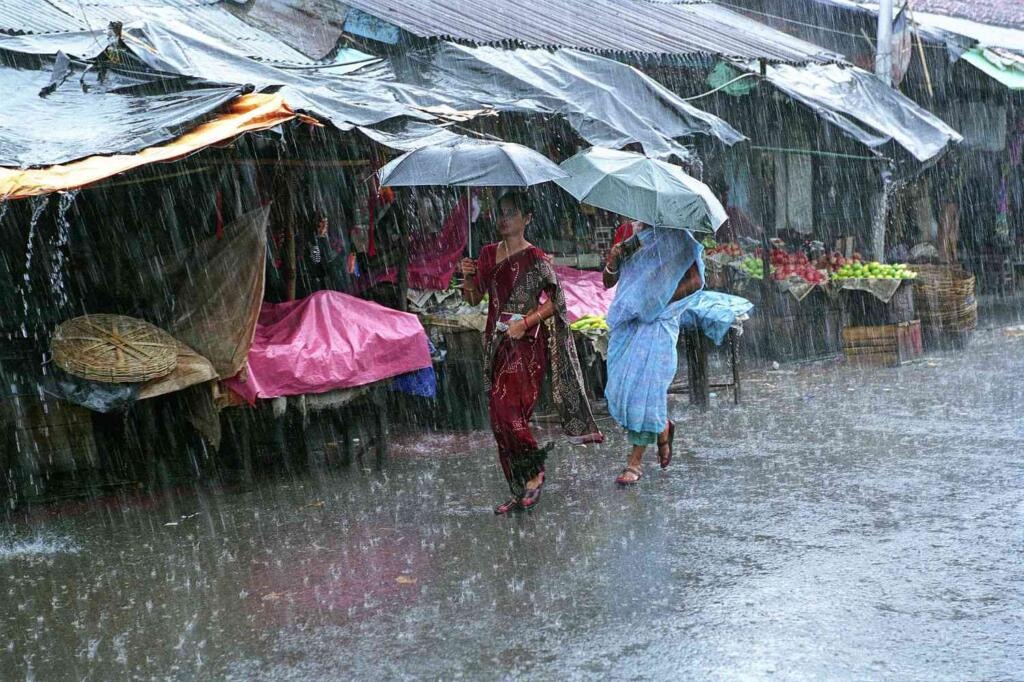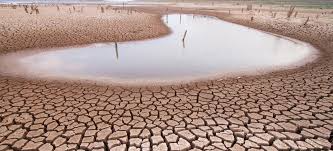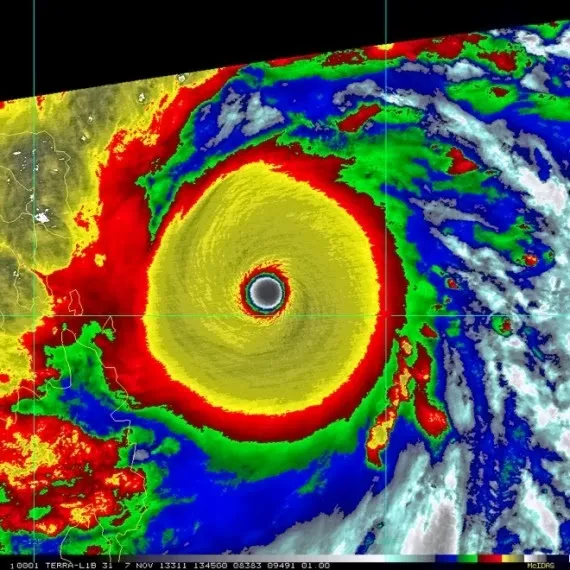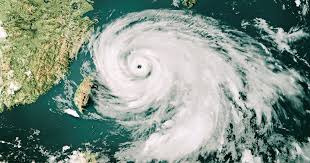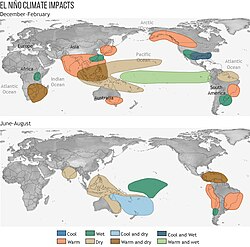
Global Weather Patterns Disrupted by El Niño Effect
The El Niño phenomenon, one of the most powerful climate drivers on Earth, is once again making waves literally and figuratively across the globe. In 2025, the atmosphere is responding to a moderately strong El Niño that began developing in mid 2024 and continues to reshape weather systems in its wake. From intense heatwaves in Asia to record breaking rainfall in parts of South America and severe droughts in Australia and Southeast Africa, this El Niño is proving how a shift in the tropical Pacific can send ripple effects around the world. As meteorologists and governments brace for continued disruption, questions are mounting about how climate change is intensifying these naturally occurring cycles.
1. Understanding the El Niño Mechanism
El Niño is part of a broader climate pattern known as the El Niño Southern Oscillation (ENSO), which alternates between El Niño, La Niña, and neutral phases. During an El Niño event, trade winds in the Pacific Ocean weaken, allowing warm surface waters to build up along the equator, especially near the western coast of South America. This warm water disrupts normal convection and jet stream positions, impacting rainfall and temperature patterns across multiple continents.
In 2025, satellite observations and ocean buoys have confirmed elevated sea surface temperatures (SSTs) in the central and eastern Pacific exceeding 1.5°C above average. These readings signal a moderately strong El Niño phase, which typically leads to wetter than normal conditions in parts of South America and the southern U.S., while producing drier and hotter weather in regions such as Southeast Asia, Australia, and Eastern Africa.
2. Heatwaves and Wildfires in Asia and Australia
One of the most striking impacts of this year’s El Niño has been the surge in heatwaves across Asia. In April and May 2025, countries like India, Bangladesh, Thailand, and Vietnam experienced record breaking temperatures, with daytime highs exceeding 45°C (113°F) in some regions. These extremes occurred earlier and lasted longer than usual, severely affecting agriculture, energy grids, and public health. Hospitals in New Delhi and Dhaka reported a dramatic spike in heatstroke cases, while schools were forced to close in many cities across Southeast Asia.
Australia, meanwhile, is enduring its driest winter in nearly a decade. The typical winter rains in the country’s southeast have been suppressed, leading to exceptionally dry vegetation and fueling early season wildfires in New South Wales and Victoria. Fire authorities have issued red alerts as wind patterns altered by El Niño drive dry air into already scorched regions. For many Australians, this year’s fire season is shaping up to rival the devastating 2019 2020 bushfires, prompting renewed debate about climate resilience and disaster preparedness.
3. Torrential Rains and Floods in the Americas
On the flip side of the El Niño coin are the torrential rains hammering parts of South America. Coastal countries such as Ecuador and northern Peru have experienced episodes of flash flooding and landslides as unusually warm ocean waters have intensified atmospheric moisture. In Ecuador’s Guayas province, entire villages were submerged after rivers broke their banks in June. Meanwhile, parts of Brazil, especially in the southern states, have recorded rainfall levels 40% above normal, causing urban flooding in cities like Porto Alegre and disrupting transportation networks.
In North America, particularly the southern United States, El Niño has delivered wetter than usual conditions to states like Texas, Louisiana, and Mississippi. While this has provided some relief to drought stricken areas, it has also created challenges for farmers as saturated fields delay planting. Additionally, weather forecasters are concerned about the potential for an active storm season in the Gulf of Mexico later this year, as warm SSTs and El Niño induced wind patterns may influence hurricane trajectories in unpredictable ways.
4. Agricultural Chaos and Global Food Prices
The influence of El Niño on agriculture is profound and often economically damaging. Rice producing regions in Southeast Asia have been hit hard by water shortages and extreme heat, cutting yields and reducing the quality of harvests. Indonesia, Thailand, and Vietnam all major rice exporters are already projecting lower than expected outputs for 2025. This has triggered price volatility in global grain markets, with rice prices rising by nearly 20% compared to the same time last year.
In Africa, especially in eastern and southern regions, prolonged droughts have devastated maize and sorghum crops. Livestock mortality is rising due to lack of pasture and water, placing millions at risk of hunger and displacement. Relief agencies operating in Kenya, Somalia, and Malawi are warning of a sharp rise in food insecurity unless immediate support and long term agricultural adaptation measures are scaled up. In contrast, Argentina and southern Brazil have seen gains in soybean production thanks to enhanced rainfall, highlighting how El Niño's effects can be both destructive and beneficial depending on geography.
5. Ocean Health and Marine Ecosystem Disruption
One of the lesser discussed but critical impacts of El Niño is its effect on marine ecosystems. As warm waters spread across the eastern Pacific, upwelling where nutrient rich cold water rises to the surface weakens significantly. This leads to a decline in plankton, the base of the marine food chain. In Peru and Ecuador, fishing communities are already witnessing dwindling anchovy catches, which not only hurts local economies but also threatens global fishmeal supply chains.
In the central Pacific, coral bleaching is a growing concern. Ocean temperatures exceeding 30°C in some reef areas have triggered coral stress responses, leading to widespread bleaching events in parts of Kiribati, Micronesia, and even the northern Great Barrier Reef. Marine scientists are closely monitoring the situation as a prolonged El Niño could have lasting impacts on coral recovery and biodiversity. These ecological shifts also affect livelihoods, especially in island nations dependent on tourism and fishing.
6. Policy and Preparedness Gaps
Despite the clear and widespread disruptions caused by El Niño, many countries remain ill prepared to deal with its consequences. Inadequate early warning systems, fragmented data sharing, and underfunded disaster response programs continue to hamper regional preparedness. In many cases, meteorological departments issue warnings, but local governments lack the infrastructure or political will to act in time. The results are avoidable losses in human life, infrastructure, and economic productivity.
There is a growing consensus among scientists and policymakers that El Niño, exacerbated by global warming, is becoming more erratic and potent. This calls for a rethinking of international preparedness strategies. Investment in predictive models, drought resistant crops, flood resilient infrastructure, and community education are no longer optional they are essential components of climate adaptation.
7. The Bigger Climate Picture
While El Niño is a naturally recurring event, its growing volatility in recent decades raises questions about how climate change is influencing its strength, duration, and frequency. The interaction between rising global temperatures and traditional ENSO dynamics is not fully understood, but evidence suggests that warmer background conditions can amplify El Niño's impacts. Scientists warn that a future marked by stronger and more frequent El Niños could mean more extreme droughts, floods, and heatwaves worldwide.
As 2025 progresses, the world watches closely how this El Niño unfolds. if it tapers off quietly or intensifies into a climate disrupting juggernaut, one thing is clear our global interconnectedness means that a warming patch of water in the Pacific can and will touch every corner of the planet.
Related Post
Popular News
Subscribe To Our Newsletter
No spam, notifications only about new products, updates.

